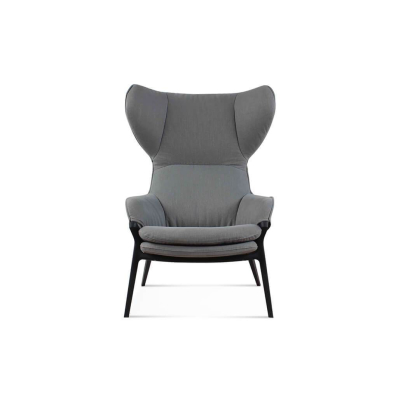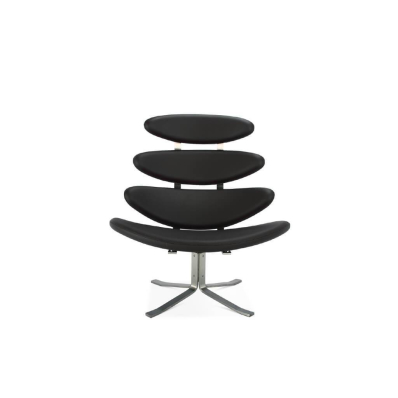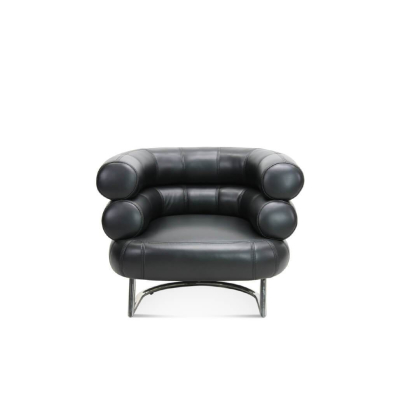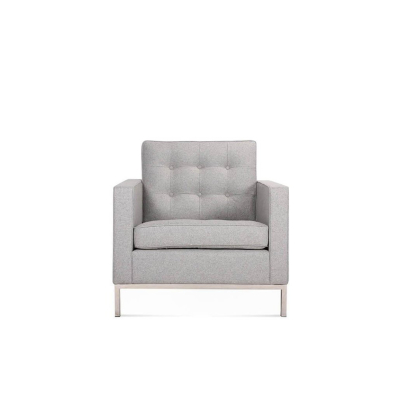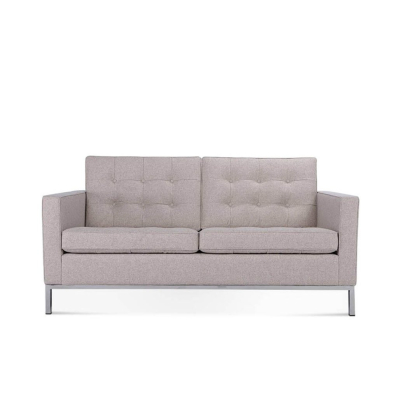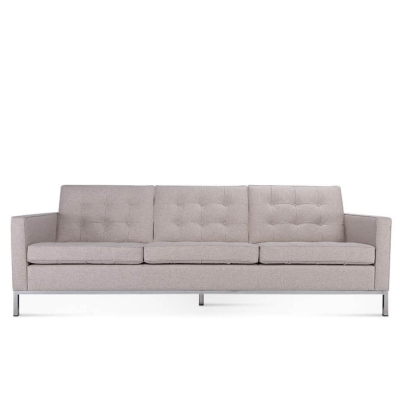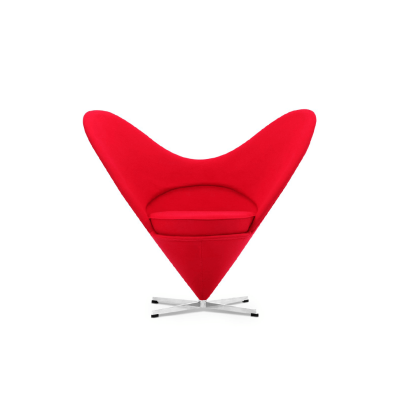Pavilion Daybed
Reproduction
DIMENSIONS
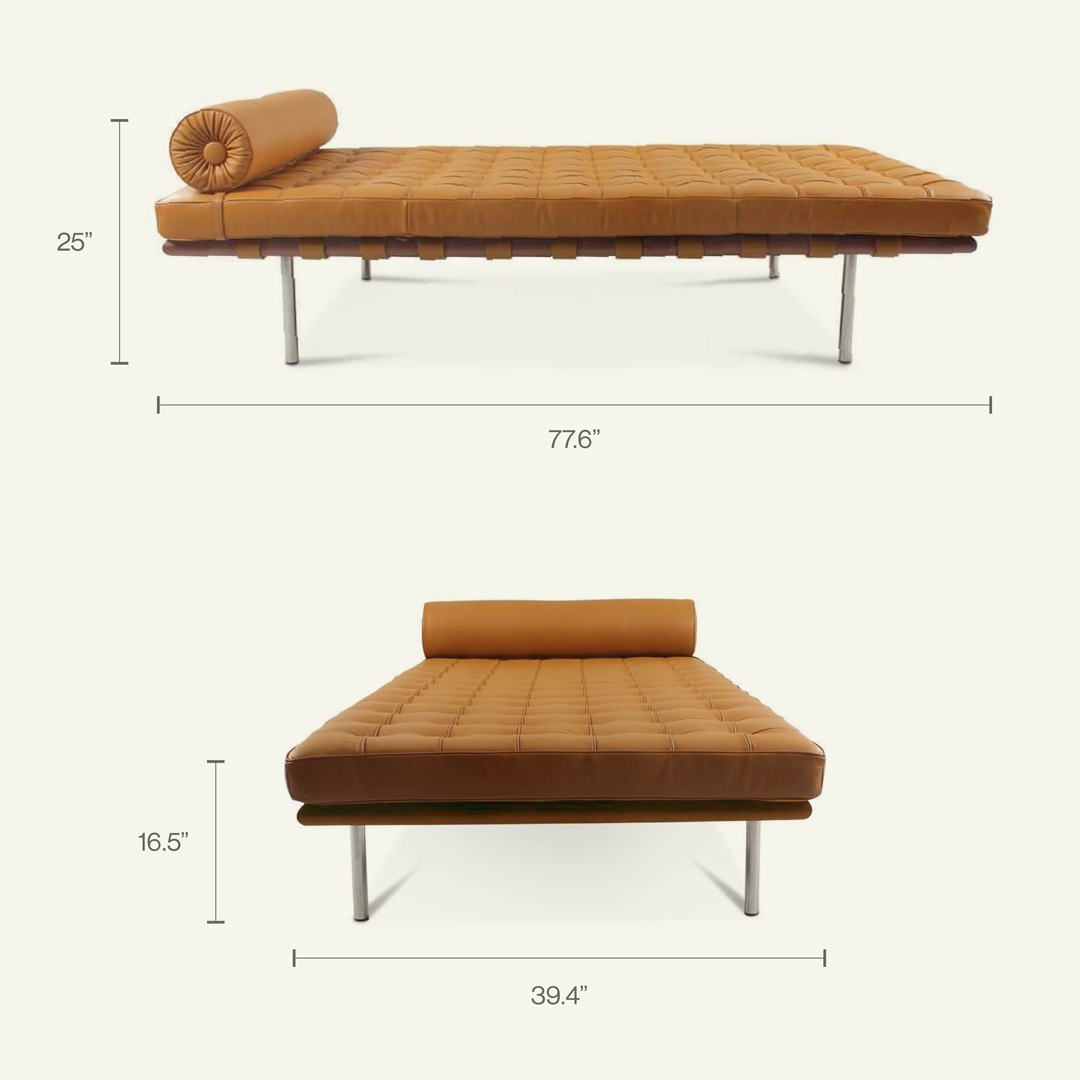

-
The Pavilion Daybed, also commonly known as the Barcelona Day Bed, was designed by Mies van der Rohe along the same minimalist lines as the well-known Pavilion Chair.
The Pavilion Daybed is upholstered in your choice of genuine Italian leather or vegan leather on all sides (except the bottom edge). The frame is constructed of solid ash wood and finished with a dark walnut stain. The matching genuine leather headrest can be fastened to either end.
The Pavilion Daybed provides ample seating for several persons and is ideal for social settings or other high-traffic commercial areas such as building lobbies or office reception areas. It can also double as a sleeper sofa bed for quick afternoon naps.
Materials & Features:- Solid wood frame with walnut finish; Polished #304 grade stainless steel legs with chrome finish
- High elasticity dacron-wrapped foam with genuine down feather layer
- Medium firm cushion seat feel (cushion softness customizable)
- Top Grain/Aniline Leather upholstery
- All upholstery materials and fill content are non-toxic and fire-resistant
- Light assembly required
- Dye lots may vary slightly
-
Ludwig Mies van der Rohe (born Maria Ludwig Michael Mies; March 27, 1886 - August 17, 1969) was a German-American architect. He is commonly referred to and was addressed as Mies, his surname. Along with Le Corbusier and Frank Lloyd Wright, he is widely regarded as one of the pioneering masters of modern architecture.
Mies, like many of his post-World War I contemporaries, sought to establish a new architectural style that could represent modern times just as Classical and Gothic did for their own eras. He created an influential twentieth-century architectural style, stated with extreme clarity and simplicity. His mature buildings made use of modern materials such as industrial steel and plate glass to define interior spaces. He strove toward an architecture with a minimal framework of structural order balanced against the implied freedom of free-flowing open space. He called his buildings "skin and bones" architecture. He sought a rational approach that would guide the creative process of architectural design, but he was always concerned with expressing the spirit of the modern era. He is often associated with his quotation of the aphorisms, "less is more" and "God is in the details".
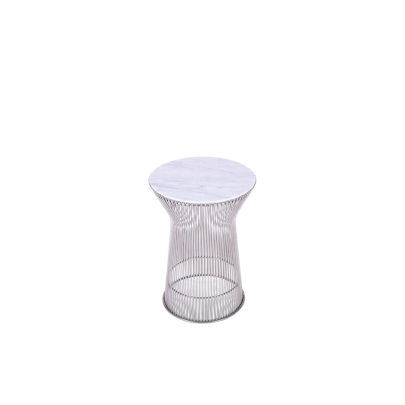
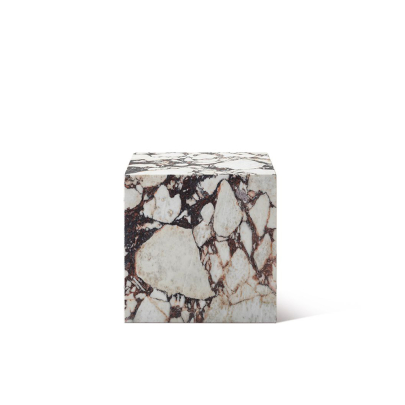
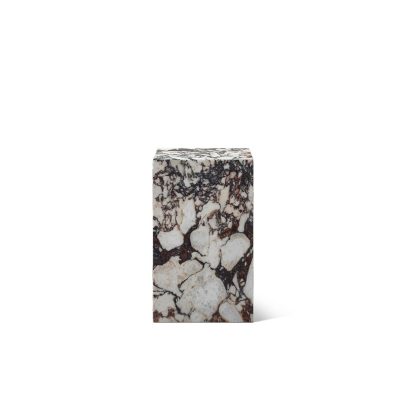
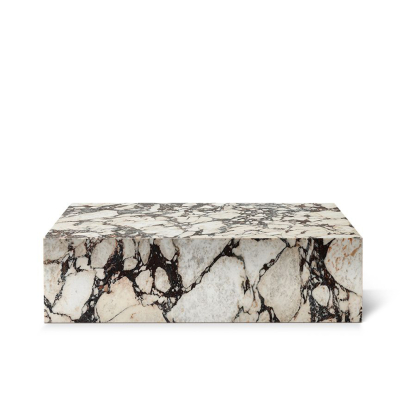
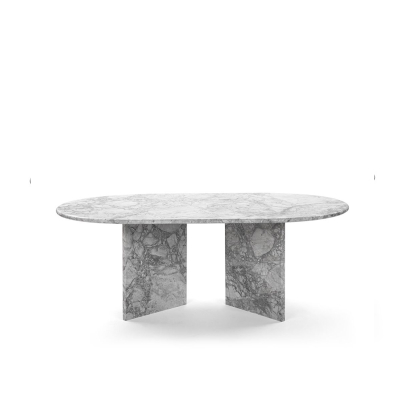
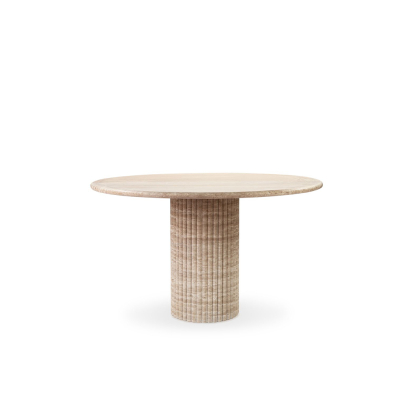
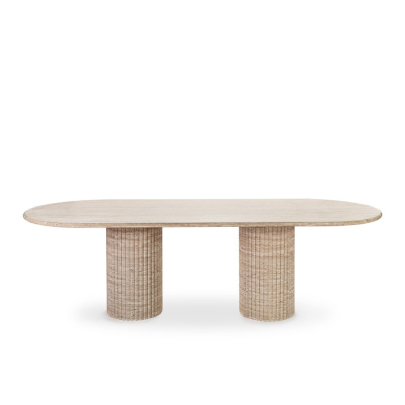
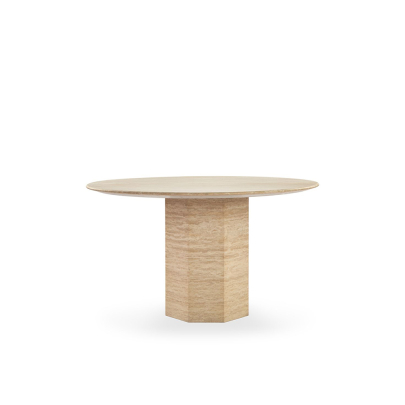
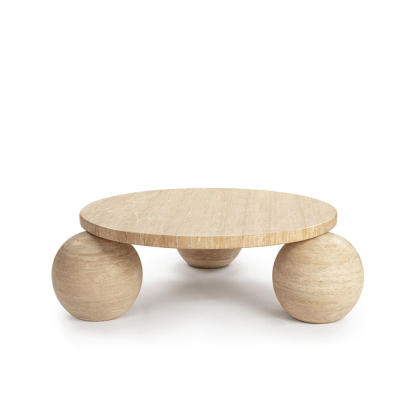
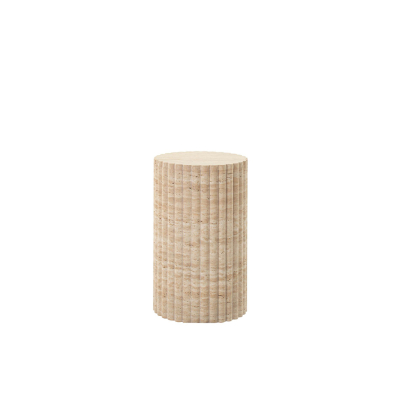
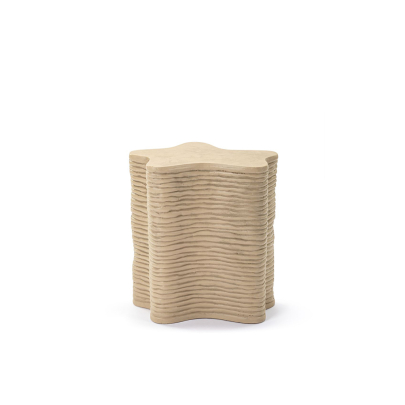
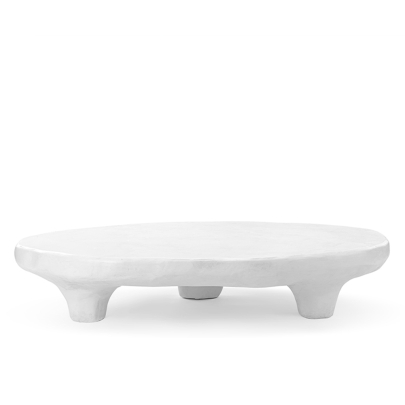
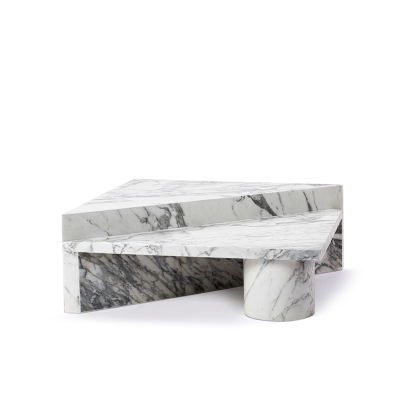
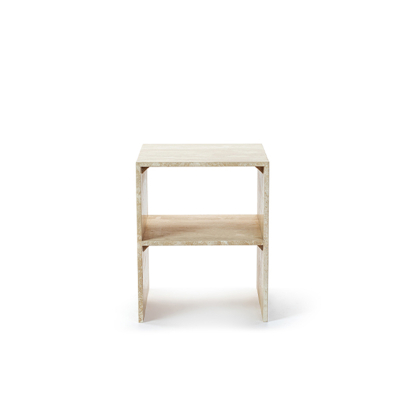
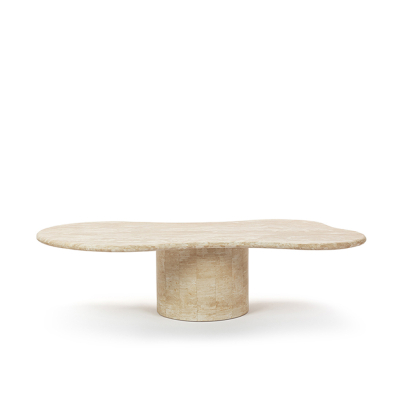
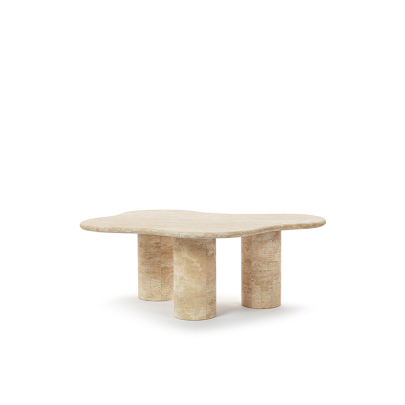
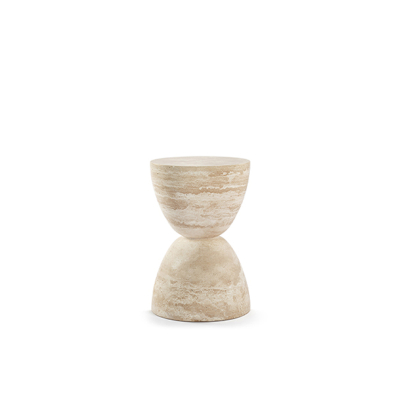
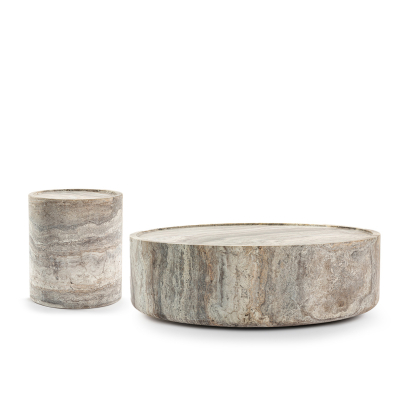

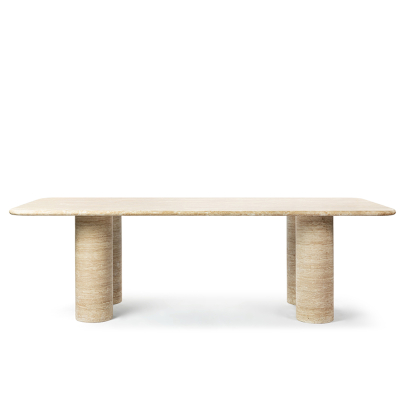
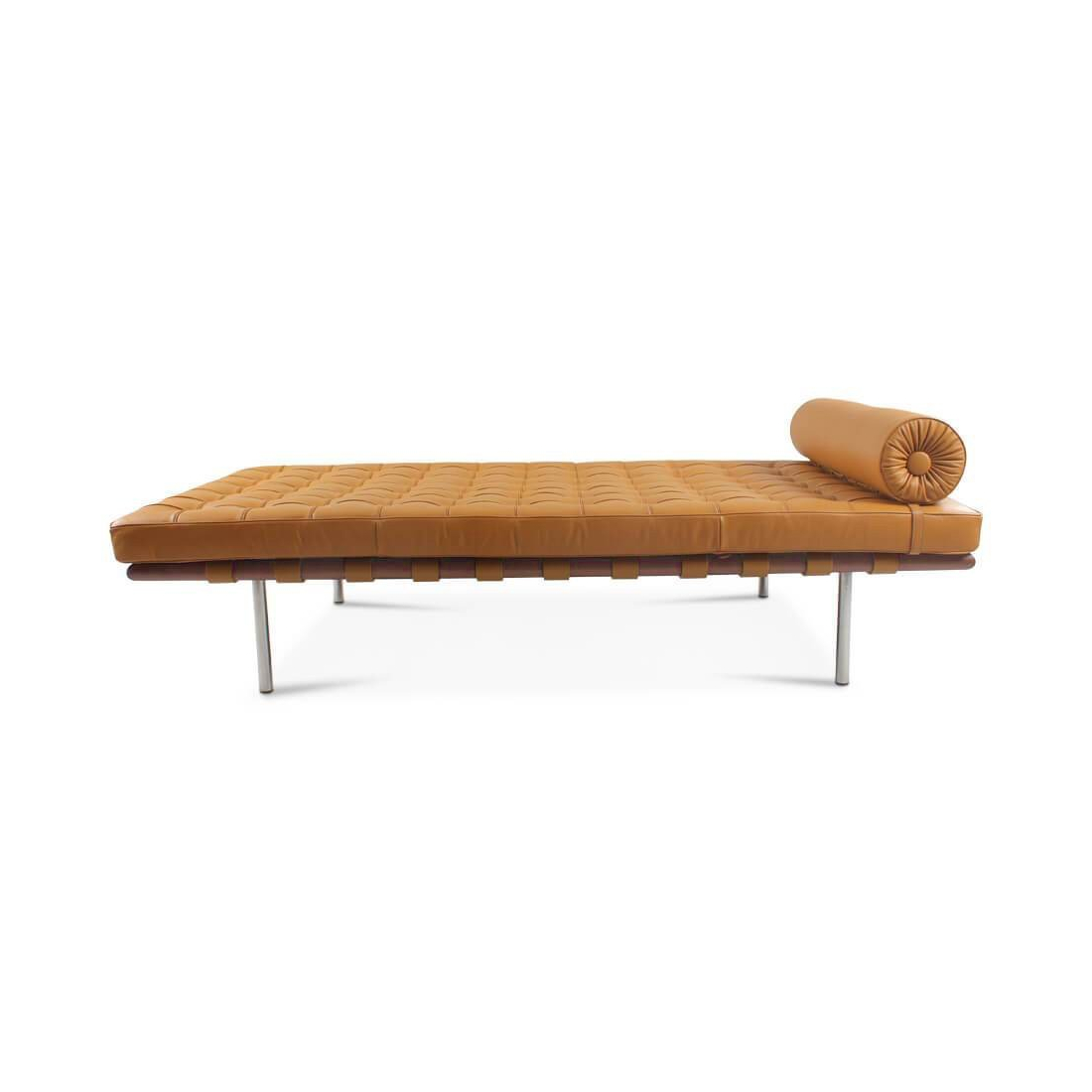
 1-800-993-0903
1-800-993-0903
 Chat With Us
Chat With Us
 Email Us
Email Us
